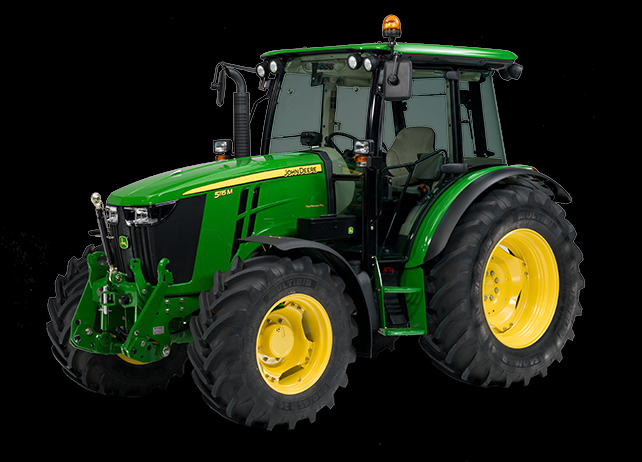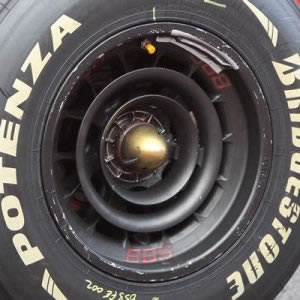- Login or Register
No account yet? Sign up
Thats exactly how I remembered it, but now all of the sudden it's supposed to help???
If F1 can govern it nicely, it may reduce overall tyre wake and improve efficiency then improving speed at the same time. For example half closed rims for indy and LMP car. This May also reduce aero work on brakeduct cover.Holm86 wrote: ↑01 Aug 2019, 14:27Thats exactly how I remembered it, but now all of the sudden it's supposed to help???
They serve a different purpose. The 2009 covers were an aid to brake cooling, punching the hot air from the wheel hubs outboard - like the blown axle. The 2021 covers are more a means of cleaning up the turbulence from the bigger wheel rims. There will have to be some exit hole so it will interesting to see how the FIA word the rules...
I think it could be down to more understanding of the issue. The OWG also claimed for the 2009 rules that they found venturi tunnels to be more sensitive to turbulence. They've done a 180 flip there too.Holm86 wrote: ↑01 Aug 2019, 14:27Thats exactly how I remembered it, but now all of the sudden it's supposed to help???


For sure it will be funny!roon wrote: ↑02 Aug 2019, 05:00Let's bring back grooved tyres, keep the halo, add a windscreen to it, with safety lights, place the driver higher up for better visibility, increase the size of the rearview mirrors, eliminate aero devices, return to front engine for a vintage feel, keep the high compression engines, and point the exhaust FORWARD to eliminate any aero trickery. I did a quick rendering here in a Caterham livery:
https://d3lp4xedbqa8a5.cloudfront.net/i ... -1-(1).png
They had $250k to do CFD and wind tunnel tests and less than a year to do the work. Plus they were all in full time employment within teams.

Exactly, this is less than most teams spend annually on catering.
I do not agree, they were inventet on the reason of aerodynamics, not because they needed more brake cooling.jjn9128 wrote: ↑01 Aug 2019, 15:06They serve a different purpose. The 2009 covers were an aid to brake cooling, punching the hot air from the wheel hubs outboard - like the blown axle. The 2021 covers are more a means of cleaning up the turbulence from the bigger wheel rims. There will have to be some exit hole so it will interesting to see how the FIA word the rules...
Brake cooling is an aerodynamic issue. I never said it was for more cooling but to aid the cooling flow while pushing air outwards. A significant part of a duct flow is the exit - the covers helped to increase through flow for the brakes which meant smaller inlets and admittedly also a small wheel/brake system drag saving. The effect was that the air was punched outwards more though which is detrimental to following (as the 2019 rule changes were intended to cut this effect). Why do you think this sort of wheel rim became the design du jour in 2010 (until the FIA decided to limit the wheel design)? It's working like an A/C diffuser to expand the air exiting the wheel.Holm86 wrote: ↑02 Aug 2019, 09:28I do not agree, they were inventet on the reason of aerodynamics, not because they needed more brake cooling.
But i agree that the opening in the bottom was to push out hot air, aiding the outwash. But the new ones on the concept render for 2021 has the same cutouts ...

There was, for a short time, a popular design direction in F1 whereby outboard wheel fairings were used in order to improve the aerodynamic effect of the wheels on the overall flow-field. Typically these comprised complete discs with holes cut out, or a section removed... The presumption is that the control of the exit air flow allows the reintroduction of the cooling flow into a more favourable section of the wake. In addition to this, by restricting the size of the exit orifice, the velocity of the reintroduced air will be much higher resulting in a lower outboard pressure which helps to divert the wheel wake away from vital downstream components.
You just know F1 is extreme when they introduce diffusers for their wheel rimsjjn9128 wrote: ↑02 Aug 2019, 10:06Brake cooling is an aerodynamic issue. I never said it was for more cooling but to aid the cooling flow while pushing air outwards. A significant part of a duct flow is the exit - the covers helped to increase through flow for the brakes which meant smaller inlets and admittedly also a small wheel/brake system drag saving. The effect was that the air was punched outwards more though which is detrimental to following (as the 2019 rule changes were intended to cut this effect). Why do you think this sort of wheel rim became the design du jour in 2010 (until the FIA decided to limit the wheel design)? It's working like an A/C diffuser to expand the air exiting the wheel.Holm86 wrote: ↑02 Aug 2019, 09:28I do not agree, they were inventet on the reason of aerodynamics, not because they needed more brake cooling.
But i agree that the opening in the bottom was to push out hot air, aiding the outwash. But the new ones on the concept render for 2021 has the same cutouts ...
http://www.formula1-dictionary.net/Imag ... l_2010.jpg
From Sprot, 2013There was, for a short time, a popular design direction in F1 whereby outboard wheel fairings were used in order to improve the aerodynamic effect of the wheels on the overall flow-field. Typically these comprised complete discs with holes cut out, or a section removed... The presumption is that the control of the exit air flow allows the reintroduction of the cooling flow into a more favourable section of the wake. In addition to this, by restricting the size of the exit orifice, the velocity of the reintroduced air will be much higher resulting in a lower outboard pressure which helps to divert the wheel wake away from vital downstream components.